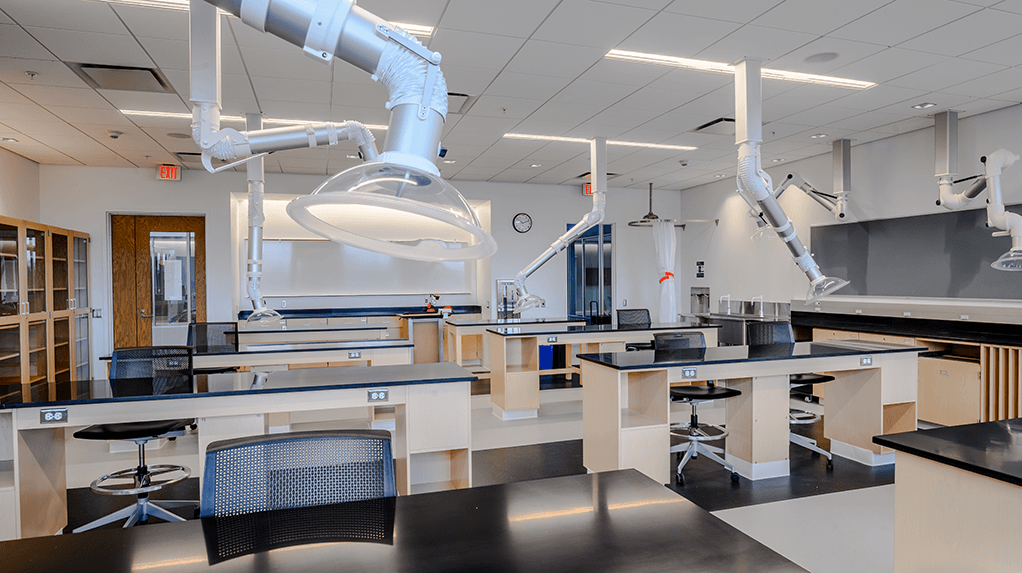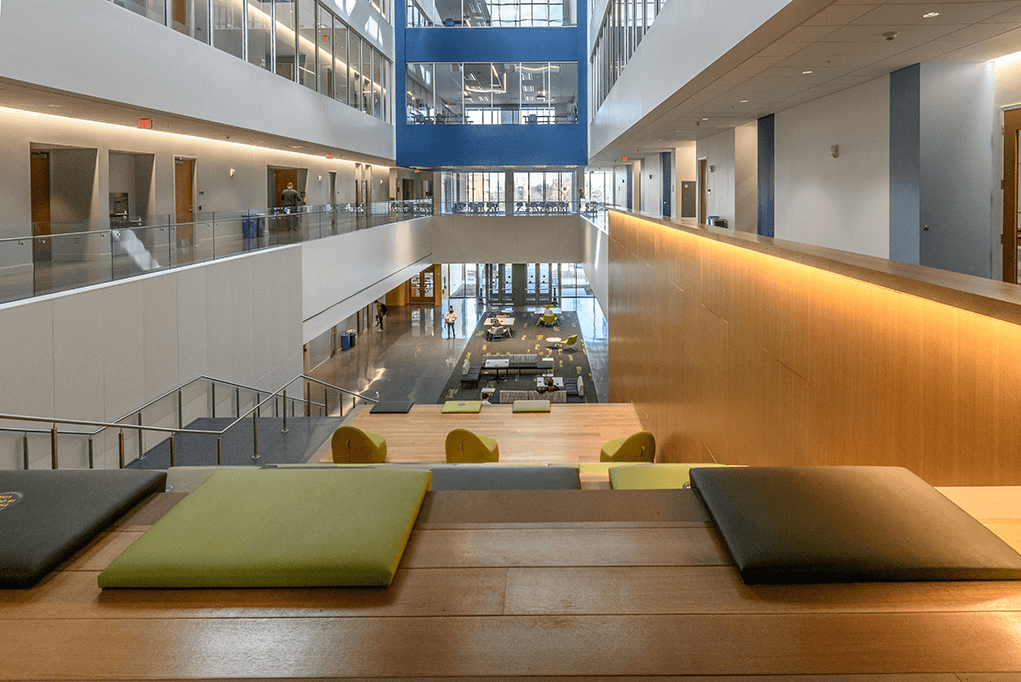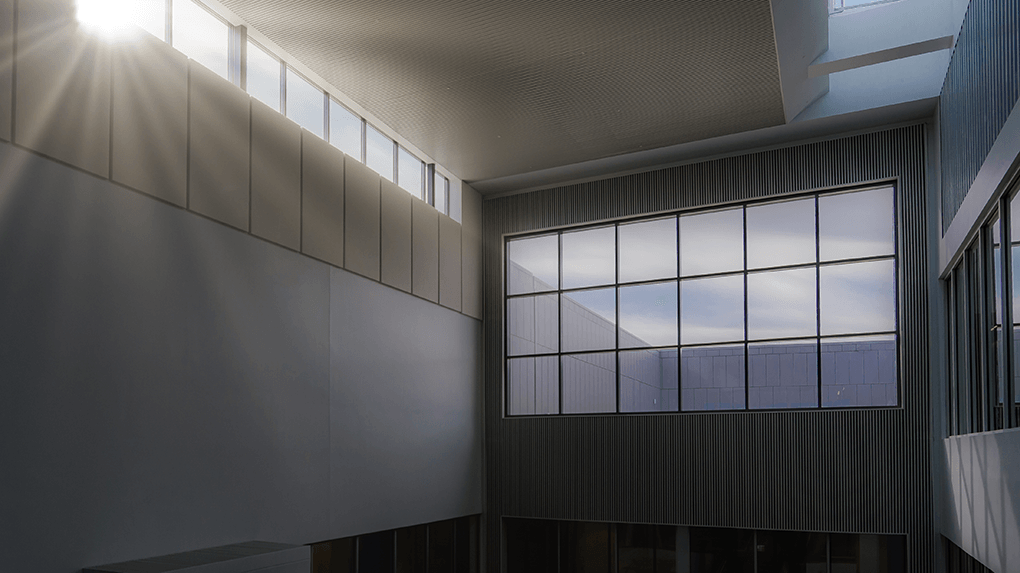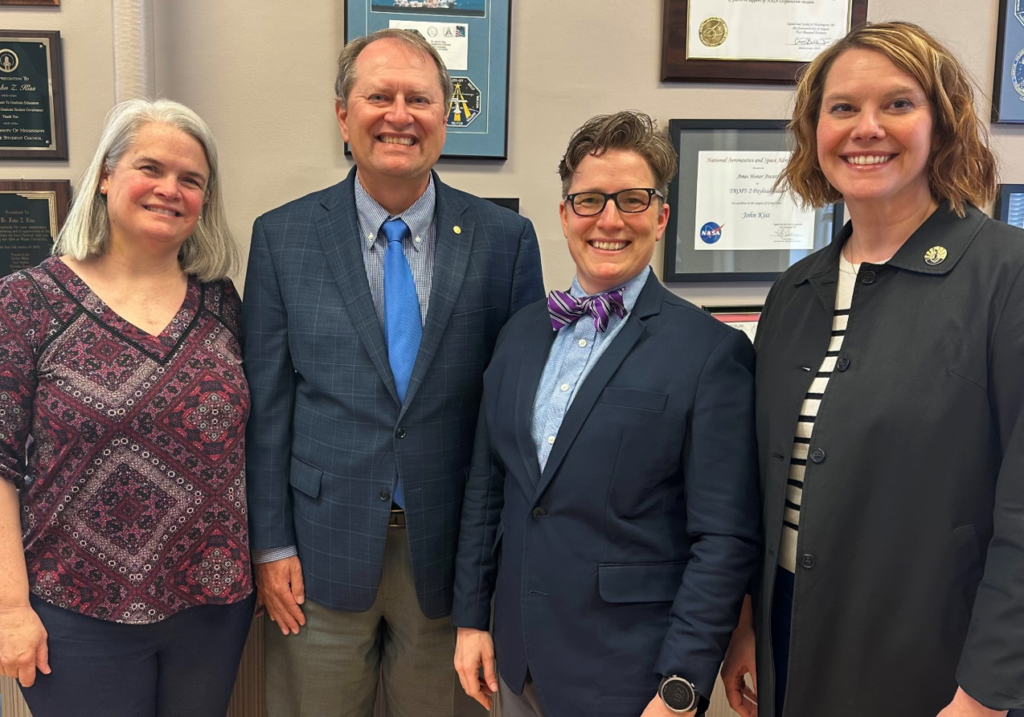Classes are well underway in UNC Greensboro’s new facility, The Nursing and Instructional Building, also known as “the NIB.” As its name suggests, the building enhances and consolidates UNCG’s School of Nursing under one roof.
Yet more than benefiting nursing, the NIB also serves as a hub of science and health disciplines from across the university. Of particular interest to the College of Arts & Sciences (CAS) is the east side of the building, which is dedicated to two of its science disciplines: The Departments of Biology and Chemistry and Biochemistry.
“The Nursing and Instructional Building dramatically expands our teaching space for biology and chemistry,” said Dr. John Z. Kiss, dean of the College of Arts & Sciences. “We’re excited that this building will bring so many students and faculty from different science disciplines together under one roof, where we can better interact and work together.”
More instructional labs


The most popular undergraduate biology and chemistry courses will now be taught in the Nursing and Instructional Building. This includes general and introductory chemistry labs, as well as general biology, human anatomy, human physiology, and microbiology labs.
“Collectively, these courses serve more than 2,000 students each semester,” said Kiss. “They are required not just for biology and chemistry majors, but for nursing, pre-med, and most other science students as well.”
Expanding instructional space in these two disciplines has many practical benefits. Biology is the most popular major at UNCG, so adding more teaching labs allows for its continued growth.
In Chemistry and Biochemistry – a department known for its robust research activity – research lab space was at capacity. So not only have chemistry teaching labs expanded from four to six, but the spaces where these courses were previously taught will now be converted to research labs for faculty.
For both disciplines, expanded teaching space means in-demand courses can be offered more frequently and at more optimal times.
“Previously we ran labs from 8 in the morning until 10 at night, most days of the week,” said Dr. Mitchell Croatt, head of the Department of Chemistry and Biochemistry. “Now we can have more lab sessions scheduled when students are most available. This is helpful to students, instructors, and teaching assistants.”
Enhanced environment, equipment


Not only does the NIB provide more space, but it also is fitted out with state-of-the art equipment, updated safety features, and collaborative work spaces for students.
“The design of the new lab spaces is really ideal for our faculty’s contemporary teaching style,” said Dr. Malcolm Schug, head of the Department of Biology. “They were designed based on educational research that is shown to have a high impact on student learning and success, especially for a highly diverse student population such as UNCG.”
Some of these features include:
- Snorkel ventilation systems: Every anatomy lab bench comes equipped with a snorkel ventilation system, allowing for safe dissection of specimens.
- Chemical fume hoods: Chemical fume hoods exhaust the air away from the space where students work so they can safely handle volatile, flammable, and toxic chemicals. This is also beneficial for COVID-19 safety. The back of each hood is clear, so the instructor can monitor clearly no matter where they are in the room.
- High-resolution flat screen monitors, wireless connections, and camera systems not only make classes more dynamic, but they also help with distance learning and allow instructors to invite guest lecturers to join class remotely.
And throughout the building are plenty of wide open spaces, large windows, and informal study spaces complete with modern touches and natural colors.
“Having communal spaces is really important in academic buildings,” said Kiss. “It will encourage students to collaborate with each other, share ideas, and build a sense of community.”
More photos:












Article by Elizabeth Keri, College of Arts & Sciences
Videography by Grant Gilliard, University Communications
Photography by Martin W. Kane, University Communications





